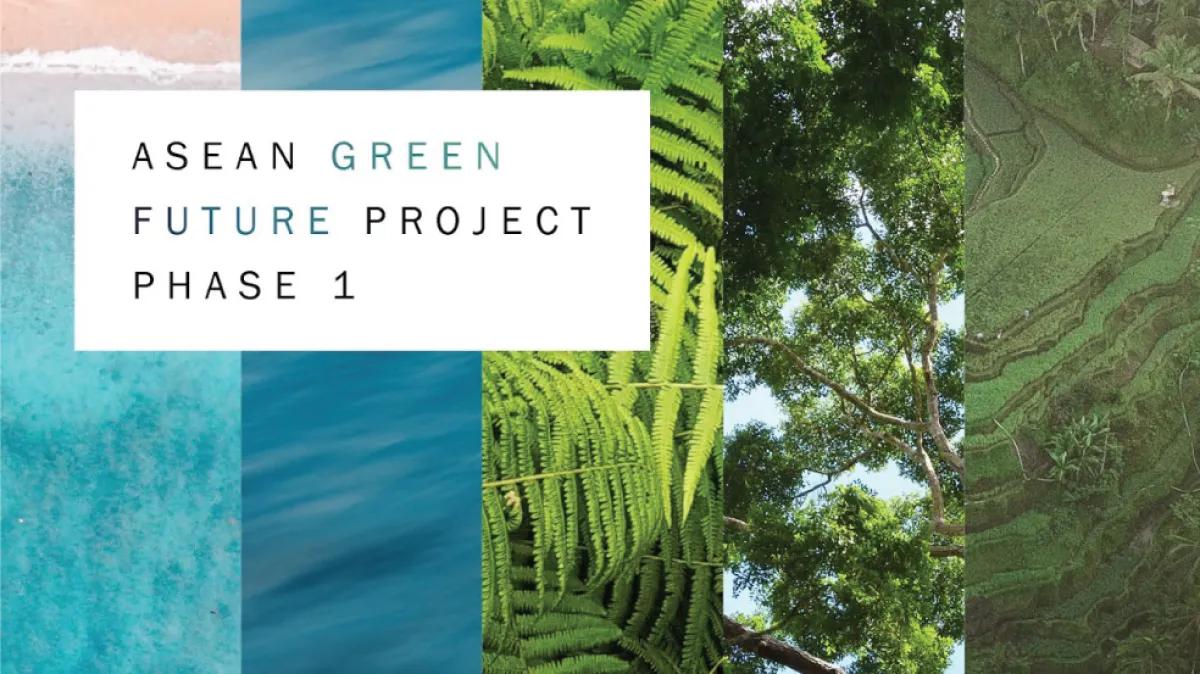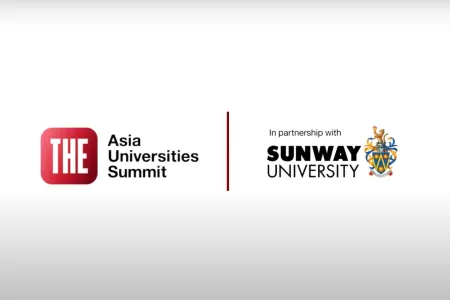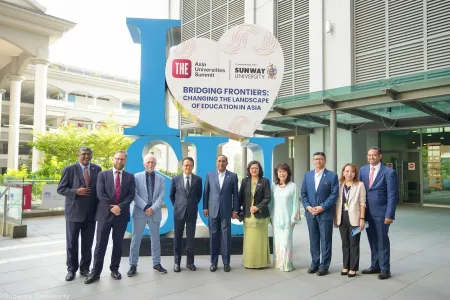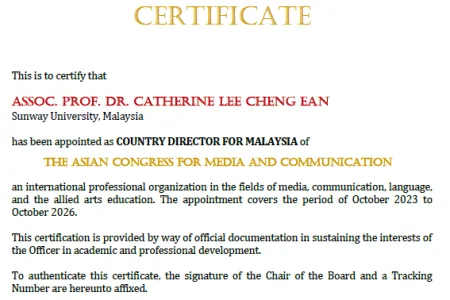ASEAN Green Future Project: Further, Faster, Together
The world is currently at a tipping point where the implementation of the national decarbonization commitments made at COP26 will largely determine whether the world can realise the 1.5°C aspiration of the Paris Agreement. Member states of the Association of Southeast Asian Nations (ASEAN) have already started to raise their commitments to meet this goal:
- Cambodia’s 2020 commitment to a 42 percent reduction in greenhouse gas (GHG) emissions below business as usual (BAU) by 2030
- Indonesia ‘s 2021 commitment to a 29 percent reduction in GHG emissions below BAU by 2030 with the possibility of reaching 41 percent depending on international support
- Lao PDR’s 2021 commitment to a 60 percent reduction in GHG emissions below BAU by 2030
- Malaysia’s 2021 commitment to a 45 percent reduction in carbon intensity by 2030
- Thailand’s 2021 commitment to a 40 percent reduction in GHG emissions below BAU by 2030 conditional on capacity, building, finance and technological support.
To further assist the ASEAN region and ASEAN member states in boosting their decarbonization ambition, several partners have teamed up to create the ASEAN Green Future project.
The ASEAN Green Future project is a collaboration between the Sustainable Development Solutions Network, ClimateWorks Australia, the Jeffrey Sachs Center on Sustainable Development at Sunway University, and five national research groups from across Southeast Asia (Cambodia, Indonesia, Lao PDR, Malaysia, and Thailand). Phase 1 has been generously supported by Harold Mitchell AC. The project aims to demonstrate how sustainable, decarbonized economies offer enhanced economic development and more resilient futures for the region. It also acknowledges actions already underway and the need for financing and support.
The project consists of two phases.
Phase 1 of the ASEAN Green Future project was produced through a synthesis of existing research and knowledge, and culminates the existing economic and technical case for decarbonization in the region, highlighting knowledge gaps to fill in Phase 2. Phase 1 includes reports of each country team (Cambodia, Indonesia, Lao PDR, Malaysia, and Thailand), as well as a regional report, which are all currently available online after being published alongside COP26 in November of 2021.
The country reports present the national commitments and efforts undertaken to date and examine key technology and policy opportunities to further advance domestic climate action. The regional report builds on these country reports and other studies to situate the region’s path toward a low-carbon transition within a global context. Key findings include:
- The ASEAN region has a critical role to play and has demonstrated strong commitments toward global climate action, despite its current rapidly growing emissions.
- The goals of the Paris Agreement cannot be achieved without simultaneous planning for significant contributions from agriculture, forestry, and other land use (AFOLU), as well as energy systems.
- Four “pillars of decarbonization” can guide planning across the region:
- Decarbonize electricity generation
- Shift from fossil fuels to electricity or other clean energy alternatives
- Reduce energy waste in buildings, transport, and industrial sectors
- Preserve and increase natural carbon sinks
- Accelerating climate action in line with the 1.5°C global goal is both possible and economically desirable.
- The rapid transformation needed in the ASEAN region won’t happen without significant international support, and ASEAN member states must strengthen facilitative investment mechanisms.
- The ASEAN region can fast track the low-carbon transition by collaborating to identify and address common challenges, thus strengthening its global position.
Phase 2 of the ASEAN Green Future project will launch in 2022 and include detailed quantitative assessments of the different options for decarbonizing ASEAN economies. The analysis will cover the pace, cost, and results of decarbonization and the opportunities for ASEAN countries to lead in a net-zero world.
During Phase 2, project partners intend to work alongside governments to develop country-specific decarbonization modeling and pathways that are practical, socio-economically desirable, and aligned with the goal of limiting warming to 1.5°C. This phase of the project will also identify the requirements for strengthened financing, as well as access to technology, to examine ASEAN’s potential to become a world leader of green energy innovation and development.
Learn more about the ASEAN Green Future project here.






